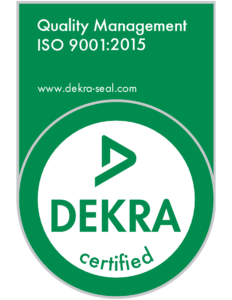In infrared welding, an array refers to a collection of infrared heating elements that are arranged in a specific pattern or configuration to achieve optimal heating of the parts being welded. The arrangement of the elements depends on the geometry and size of the parts, as well as the desired weld joint design and process parameters.
An array can consist of a single row of heating elements, multiple rows arranged in a linear or curvilinear pattern, or a matrix of elements arranged in a two-dimensional pattern. The heating elements can be made of various materials, such as ceramic, quartz, or tungsten, and can operate at different wavelengths and power levels.
The main advantage of using an array in infrared welding is the ability to achieve uniform heating and temperature distribution across the entire weld surface. This is particularly important for larger parts or complex geometries where traditional infrared heating sources may not provide sufficient coverage or control.
Arrays can also be customized to match the contour of the part, ensuring that heat is applied only to the desired areas and minimizing the risk of overheating or warping. In addition, arrays can be designed with different zones or profiles to apply varying amounts of heat to different areas of the part, which can be useful for controlling the weld joint geometry or optimizing the welding process.
Overall, the use of arrays in infrared welding offers greater flexibility, precision, and control over the heating process, resulting in higher quality welds and increased productivity.

